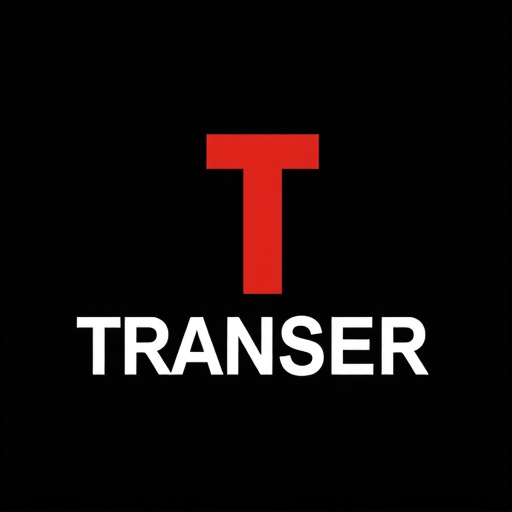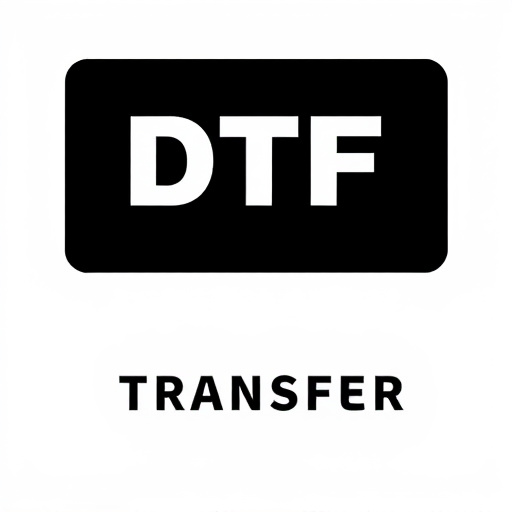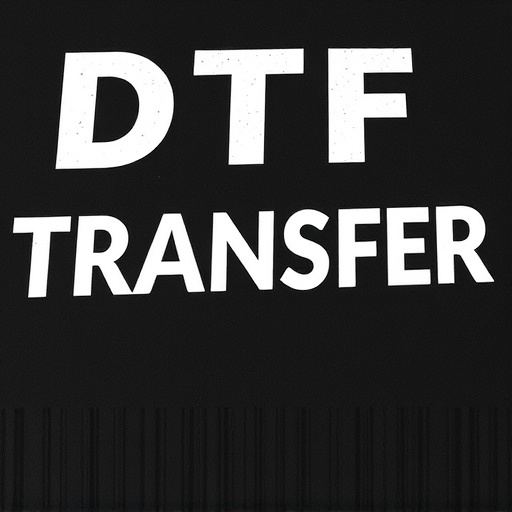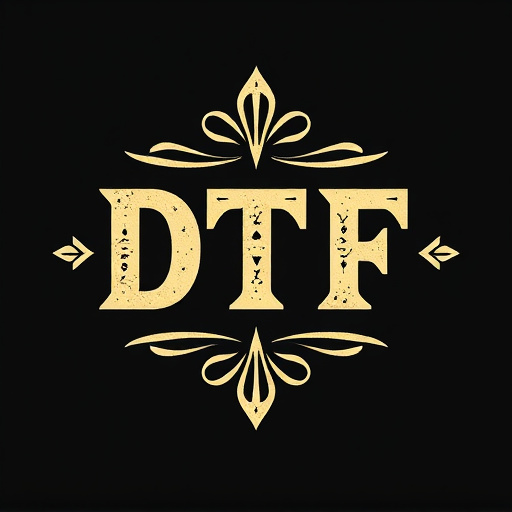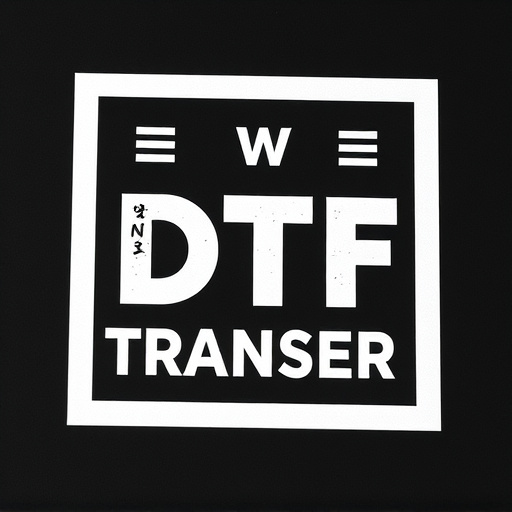Direct-to-film (DTF) transfers are transforming visual content creation and presentation with unparalleled quality and versatility. This cutting-edge printing technique directly applies digital images to various media using specialized equipment and inks, preserving intricate details, vibrant colors, and exceptional resolution. Popular among artists and photographers, DTF enables the physical exhibition of digital creations, fostering interactivity. Historically used in textiles, DTF has evolved to serve graphic arts, packaging, and promotional merchandise industries. With advancements in inkjet printing and digital technologies, modern DTF printing offers high-quality prints on diverse materials with swift turnaround times, making it a game-changer for businesses. Best practices ensure exceptional detail reproduction across various substrates. The future of DTF looks bright, driven by technological advancements that make it more accessible and efficient.
“Unleashing the Power of Direct-to-Film (DTF) Transfers: A Comprehensive Guide
In the dynamic world of printing, Direct-to-Film (DTF) transfers have emerged as a game-changer, revolutionizing the way we create and produce high-quality prints. This article delves into the captivating journey of DTF technology in the United States, exploring its history, evolution, and remarkable benefits. From understanding the fundamentals to uncovering the intricate process behind creating DTF prints, we’ll navigate through industry standards and best practices. Additionally, we’ll gaze into future trends, ensuring you’re equipped with knowledge about this cutting-edge printing method.”
- Understanding Direct-to-Film (DTF) Transfers: A Comprehensive Overview
- The History and Evolution of DTF Transfer Technology in the US
- Benefits and Applications: Why Choose DTF for Your Printing Needs?
- The Process Behind Creating High-Quality DTF Prints
- Industry Standards and Best Practices for DTF Printing in the USA
- Exploring Future Trends and Innovations in Direct-to-Film Transfers
Understanding Direct-to-Film (DTF) Transfers: A Comprehensive Overview
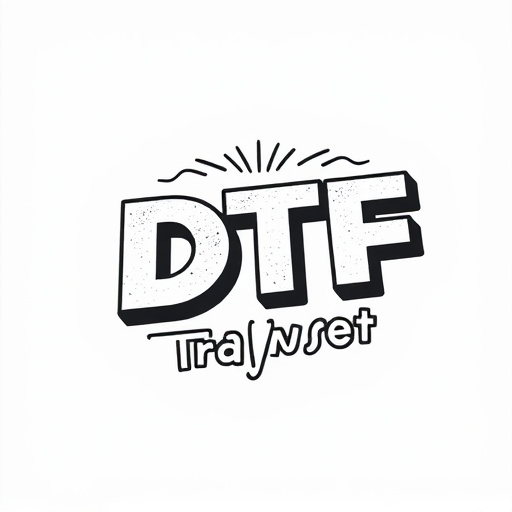
Direct-to-film (DTF) transfers are a cutting-edge printing technique revolutionizing the way we produce and experience visual content. This innovative process involves transferring digital images directly onto various media, such as film or canvas, using specialized equipment and inks. DTF offers unparalleled quality and versatility, making it a game-changer in the fields of art, photography, and even cinema.
DTF transfers provide a unique advantage over traditional printing methods by enabling the reproduction of intricate details, vibrant colors, and exceptional resolution. The process starts with a high-resolution digital file, which is then precisely aligned and exposed onto the chosen substrate using UV or laser technology. This method allows for direct imaging, eliminating the need for intermediate steps, resulting in sharper prints and more efficient production. DTF is particularly popular among artists and photographers who seek to preserve the integrity of their digital creations while offering a new dimension of interactivity through physical exhibition.
The History and Evolution of DTF Transfer Technology in the US

The Direct-to-Film (DTF) transfer technology in the United States has a rich history dating back to the early days of printing innovation. This method, which involves transferring images directly onto film without the need for intermediate plates, has evolved significantly over time. Initially, DTF was primarily used in the textile industry for printing patterns and designs directly onto fabric. The process allowed for faster production times and greater flexibility compared to traditional printing methods.
As technology advanced, DTF found its way into various sectors, including graphic arts, packaging, and even promotional merchandise. With advancements in inkjet printing and digital technologies, DTF transfer has become more precise, efficient, and accessible. Today, DTF Printing offers high-quality prints on a variety of materials, revolutionizing the way businesses produce custom products. This evolution has led to increased demand for DTF prints across industries, solidifying its place as a game-changer in the world of printing and design.
Benefits and Applications: Why Choose DTF for Your Printing Needs?

Direct-to-film (DTF) transfers offer a range of benefits for printing needs in the United States. This cutting-edge technology eliminates the need for traditional plate-making processes, streamlining production and reducing costs significantly. By applying designs directly to film, DTF allows for faster turnaround times, making it an ideal choice for businesses seeking efficient and timely solutions.
DTF is particularly versatile, suitable for various applications such as screen printing on textiles, promotional items, and even custom packaging. Its precision ensures high-quality prints with vibrant colours and intricate details, capturing the intended design flawlessly. This technology’s adaptability makes it a game-changer for printers, enabling them to cater to diverse client requirements and stay competitive in the market.
The Process Behind Creating High-Quality DTF Prints
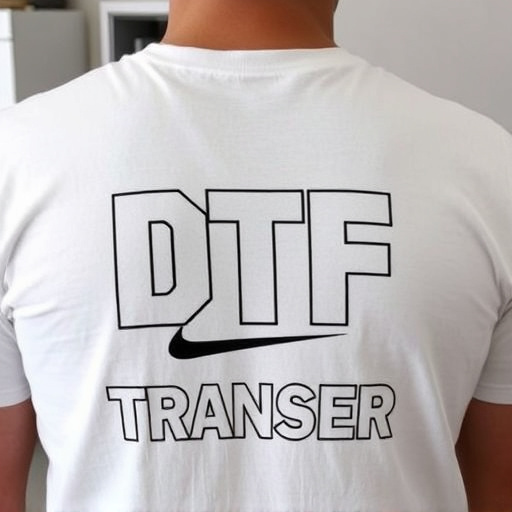
Creating high-quality DTF (Direct-to-film) transfers involves a meticulous process designed to capture and reproduce intricate details from original media. The journey begins with sourcing the desired content, whether it’s a beloved film or a classic photograph. This source material is then digitally enhanced, ensuring optimal clarity and color accuracy.
Next, specialized software is employed to precisely map the image onto the DTF printing substrate, allowing for precise control over resolution, color profiles, and final output. The actual printing process utilizes advanced machines that apply the image directly onto the chosen medium, whether it’s vinyl, fabric, or other materials. Skilled technicians monitor this step, ensuring consistent quality and accurate color reproduction.
Industry Standards and Best Practices for DTF Printing in the USA
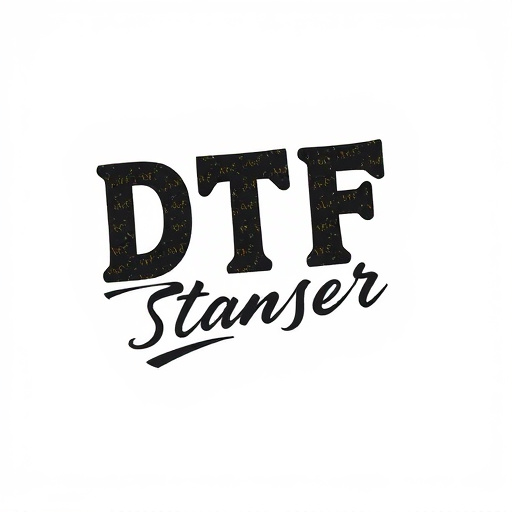
In the United States, direct-to-film (DTF) transfers have gained significant popularity for their versatility and high-quality prints. Industry standards for DTF printing emphasize precision and consistency in color reproduction. Professional printers adhere to strict protocols to ensure that each DTF transfer maintains vibrant colors and sharp details across various substrates. This includes using high-resolution digital images, accurate color profiling, and top-tier inks that are specifically designed for DTF applications.
Best practices in DTF printing involve preparing artwork with specific file formats and resolutions, as recommended by the printer manufacturers. Printers also take care to optimize settings for each unique material, considering factors such as surface texture, moisture content, and adhesion properties. Regular maintenance of printing equipment and staying updated on the latest industry trends further contribute to producing high-quality DTF prints that meet or exceed customer expectations.
Exploring Future Trends and Innovations in Direct-to-Film Transfers
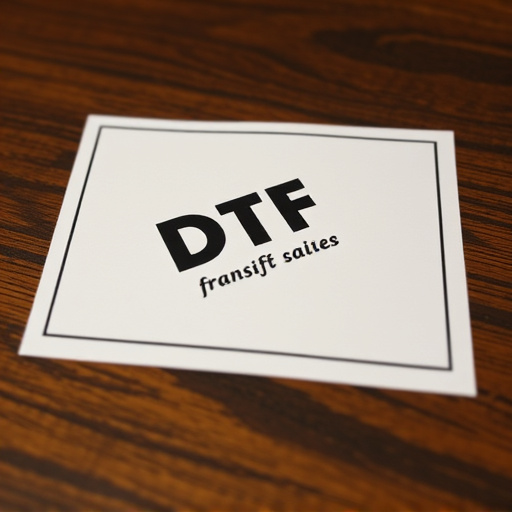
The future of direct-to-film (DTF) transfers in the United States looks promising, with ongoing innovations pushing the boundaries of what’s possible. As technology advances, DTF printing is becoming increasingly accessible and efficient, offering a cost-effective alternative to traditional film development methods. This shift towards digital solutions allows for quicker turnaround times and greater customization, catering to the modern demand for swift production and unique, personalized prints.
With advancements in inkjet technology, DTF transfers are achieving remarkable detail and color accuracy, rivaling even the highest quality photographic papers. The integration of new materials and techniques promises to expand the range of applications for DTF, from fine art printing to promotional merchandise. As these innovations continue to shape the industry, we can expect a surge in creative possibilities for artists and businesses alike, solidifying DTF’s place as a game-changer in the world of printing and design.




